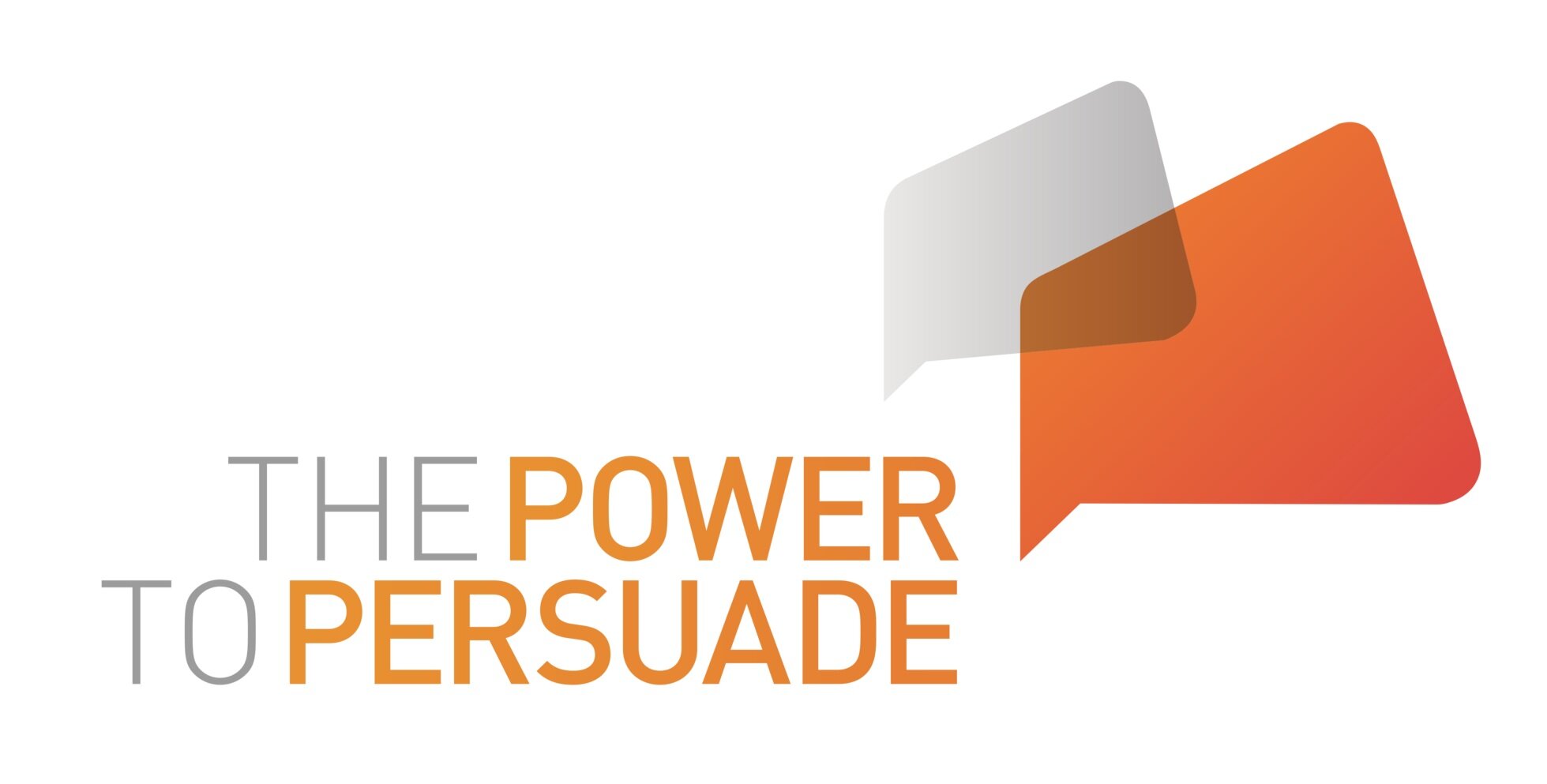What counts as learning? Rethinking out-of-school time with Children’s University
In a world where even after-school chess is expected to polish a child’s critical thinking résumé, the pressure to prove every moment's utility has reshaped how we talk about education. But what if children themselves have a different idea? This post by Megan Lang explores how Children’s University challenges narrow definitions of learning, and what happens when we start listening to children’s own accounts of joy, curiosity, and connection beyond the classroom.
Photo: Richard Jupe
In recent years, a quiet shift has taken hold in how we talk about children’s lives outside the classroom. Activities like sport, music, clubs, and creative programs are increasingly justified by their potential to raise academic outcomes or boost employability. As Julian Sefton-Green has argued, this trend reflects a deeper reframing of childhood – one where even leisure must contribute to skills or attainment: think coding club for STEM, art for literacy, chess for critical thinking. These benefits may well exist. However, framing activities as instrumental can obscure out-of-school time as a site of identity formation, joy, and wellbeing – things that matter deeply to children but sit uncomfortably outside dominant policy logics.
Moreover, pressure to justify out-of-school activities in terms of educational outcomes perpetuates a narrowing of what is considered valid data. Providing justification for such programs requires capturing impact. However, impact is rarely neutral; it reflects what decision-makers already value, typically academic achievement, workforce readiness, and/or a pathway into tertiary education. Rarely do measurements of impact reflect what is important to children.
Children’s University
Children’s University is an out-of-school learning program for children aged 5-14, originally from the UK with iterations across Australia, New Zealand, Asia, and Africa. The program is designed to encourage children and families to engage in out-of-school activities, with a focus on trying a range of new things. There is a reward system that counts hours of extra-curricular activity, leading to a graduation ceremony in which children wear an academic-type gown and cap and receive a certificate, followed by a celebration.
Evaluations of Children’s University have identified impacts such as improved school attendance, higher attainment, and stronger aspirations for careers requiring higher education. Such outcomes are important and have contributed to the continuing success of the program. However, it is important to remember that education isn’t just about preparation for adulthood; it’s about participation in childhood.
Child-centred evaluation
The evaluation of Children’s University Tasmania is led by the Peter Underwood Centre at the University of Tasmania and includes child-centred workshops designed to facilitate children in forming and expressing their views. The Centre also distributes child-friendly surveys to collect children’s feedback across the state. These methods show that children love to learn and experience new things, have fun while learning, choose what and how to learn, and be recognised for their learning. Children also value the sense of belonging they feel as a member of the program, especially when schools come together to celebrate at annual graduations.
These insights compel us to reconsider a basic but often overlooked question: What counts as learning? When children describe activities as learning, they rarely refer to content aligned with a syllabus or to measurable progress toward a future goal. Instead, they describe fun, pride, choice, curiosity, and challenge. Their accounts are relational, experiential, and embedded in the moment, not instrumental stepping stones toward an imagined future self.
What is important?
These insights create a productive tension for education and evaluation frameworks. It is important to consider what we know about learning and development, as well as what our children will need to succeed in the future. At the same time, if the goal is to support children in a positive relationship with learning in all its forms, then children’s own experiences and perceptions of learning must be taken seriously. Children’s University provides a glimpse of what this might look like in practice. Its flexible model recognises a wide range of learning contexts, from museum visits and bushwalks to online activities and book reviews, encouraging engagement in learning in varied, non-assessed environments. The program’s balance of intrinsic enjoyment and external rewards and recognition encourages long-term participation that heightens benefits associated with extra-curricular activities.
Measuring impact
However, Children’s University is not immune to the pressures of accountability. The need to “prove” its value risks narrowing the lens once more: focusing on school attendance or academic performance because those are the outcomes that decision-makers and systems find legible. In doing so, we risk missing the forest for the trees, forgetting to value and provide opportunities for children to see and be seen in ways that engender confidence, connection and agency – opportunities that children say are so rare in their lives.
To honour this broader conception, we must develop new ways of evidencing impact – methods that start with children’s voices, not adult expectations. This means co-designing indicators with children, expanding what we think of as valid knowledge, and embracing a vision of education that includes agency, connection and wellbeing as ends in themselves.
Moderator: Megan Lang

